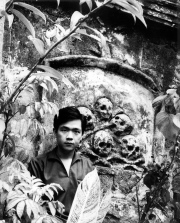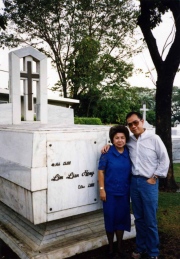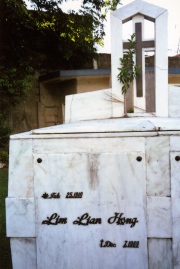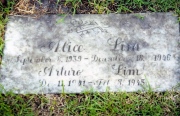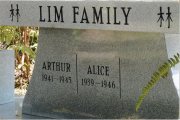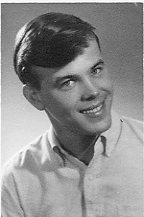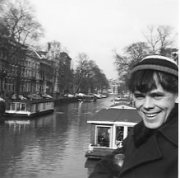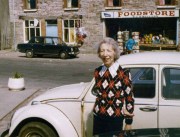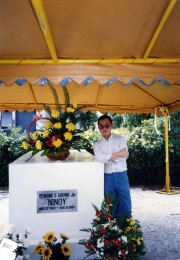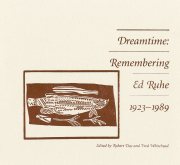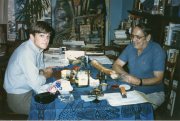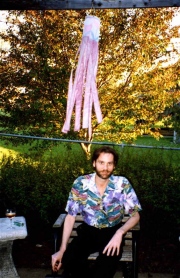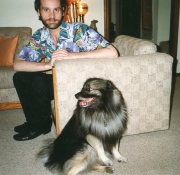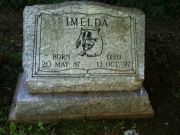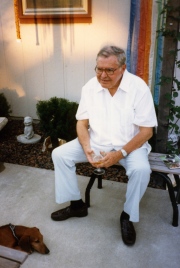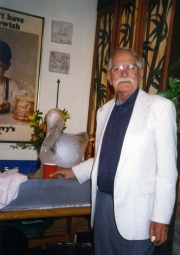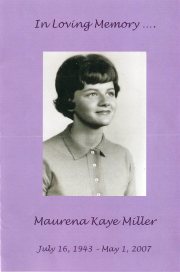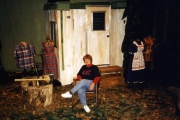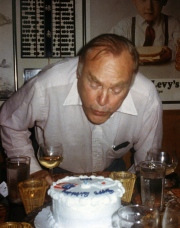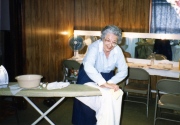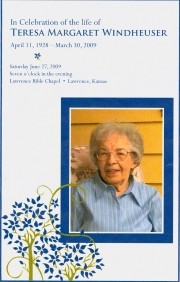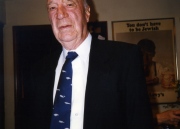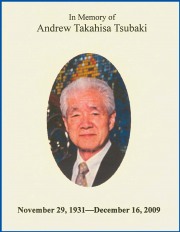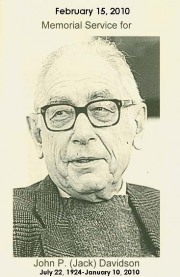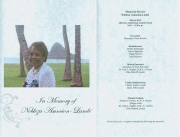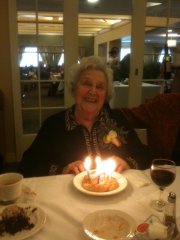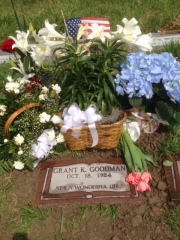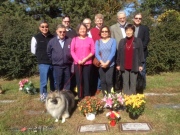Since Kansas isn’t exactly a beehive of playwriting activity, beginning playwrights in this neck of the woods are almost always told that, if they write about what they know, and if they choose to chronicle their small-town roots, they could be “the next William Inge,” the playwright from Independence, KS who couldn’t leave his birthplace fast enough but who, his entire life, gave voice in his plays to the people from Kansas in plays like Picnic, Bus Stop, The Dark at the Top of the Stairs, and Come Back, Little Sheba—many of them people who, like himself, lived lives of quiet desperation.
In 1982, nine years after Inge committed suicide in his Hollywood home, and after his surviving relatives donated the bulk of his papers to Independence Community College in Independence, KS, the college did something wonderful by starting The William Inge Festival, celebrated every year in late April, when stars of stage and screen come to town for three or four days, to honor Inge and, more significantly, to pay tribute to the work of other living American playwrights. And so, every year in late April, Independence, KS is suddenly transformed into a mecca for playwrights, a lovefest for the written word because, truly, “In the beginning was the Word…”
I remember attending the first Inge Festival, back in 1982, staying at the Lamplighter Inn, which had no dining facilities. For food, one had to go to Eggbert’s, within walking distance of the motel. I remember the first time I had breakfast at Eggbert’s. All conversation stopped when I entered the tiny diner, and everyone turned to stare at me. Although the moment was awkward, it passed quickly, and conversation resumed. Truthfully, I think they would all have turned to stare at any stranger in their midst, not just because I looked like a foreigner, an alien, the yellow peril, the lavender mafia. Back in his day, growing up in Independence, would a homosexual like William Inge have been comfortable at a place like Eggbert’s?
Originally, the mission of the Inge Festival was to pay tribute to American playwrights who were Inge’s contemporaries, those writers who were still living, who were ready, willing and able to spend three or four days in the heartland of America, which for Inge also turned out to be his “hurtland.” I don’t know if it’s true, but I’ve been told that, in the early days of the Inge Festival, scholars who submitted academic papers for presentation and discussion at the festival were told not to call undue attention to Inge’s suicide, his alcoholism and, above all, his homosexuality.
Arthur Miller (1915-2005) is one of my gods. Death of a Salesman is the only play that makes me cry everytime I see it. When it was announced that the Inge Festival in 1995 would be honoring Arthur Miller, I decided to bring nine of my playwriting students from the University of Kansas to meet the man. Luckily, we managed to book rooms at the same motel where he would be staying—not the Lamplighter Inn, but the Apple Tree Inn, newer and nicer, which also offered complimentary morning coffee and doughnuts so guests didn’t have to trek to Eggbert’s.
Two incidents stand out in my mind about the 1995 Inge festival.
First, there was the Independence Community College production of Inge’s The Dark at the Top of the Stairs, a play which, among other things, deals with anti-Semitism among the country club set in small-town America. The day after we saw the production, a fancy gala dinner was held at the country club. The president of the Chamber of Commerce in his welcoming remarks told everyone that this was the same country club Inge had written about in the play, but that times have changed. He said the country club now had some Jewish members.
And then, the next night, back in the auditorium at Independence Community College, we were treated to reenactments of “scenes” from various plays by Arthur Miller, as the man himself and his wife, photographer Inge Morath, sat and watched in the audience. At the end of the evening, when he got up on the stage to accept his award, Miller seemed genuinely moved. He was quiet for a while, and then he cleared his throat and spoke. This is what he said: “I did not know William Inge well in life. Our paths did not cross often. But, whenever I saw him, in New York or in Hollywood, he seemed to be a very sad man. I wish this town could have honored him while he was still alive.” And then he sat down. The audience was stunned. There was polite applause, and then people filed out of the auditorium, into the dark at the bottom of the stairs.
The next morning, unlike all the other mornings, there were no people hovering around Arthur Miller and Inge Morath as they sat quietly by themselves, in a corner of the lobby at the Apple Tree Inn, having their complimentary coffee and doughnuts. I had been in awe of the man all week, indeed my entire life, had not dared to approach him, had been quite content just to be in his presence. But, somehow, on this particular morning, I needed to say something when everyone else remained awkwardly silent. I summoned up enough courage and went up to him. I shook his hand and thanked him for his remarks the night before. He was Arthur Miller, the same Arthur Miller who had remained courageously silent and had refused to name names during his testimony before Sen. Joseph McCarthy and the House Un-American Activities Committee, who now could not remain silent on other matters even if it should make him persona non grata, perhaps even a pariah. Amidst all the hoopla of the Inge Festival in 1995, Arthur Miller had now said what needed to be said about William Inge and the town that rejected him in life but embraced him in death.
Of the 31 playwrights who have been honored thus far at the Inge Festival, one is a person of color (August Wilson); three are women (Betty Comden, Tina Howe, Wendy Wasserstein); and at least nine are homosexuals (Edward Albee, Fred Ebb, Christopher Durang, Arthur Laurents, Terrence McNally, John Patrick, Peter Shaffer, Stephen Sondheim, Lanford Wilson). The honoree for 2010 is Paula Vogel, a playwright who also happens to be a lesbian.
I don’t know if there’s any special reason why the Inge Festival is always held in late April. William Inge was born on May 3, 1913 and he died on June 10, 1973. It would be wonderful if his life could be celebrated in June, the same month which saw the Stonewall Riots in New York in 1969, which gave birth to Pride Parades not just in America but indeed all over the world, perhaps even in Independence, KS. If William Inge were alive today, he would be astonished, and proud, to see his old hometown embracing, even if only for three or four days each year, a gaggle of gays, a legion of lesbians, a pride of playwrights.


